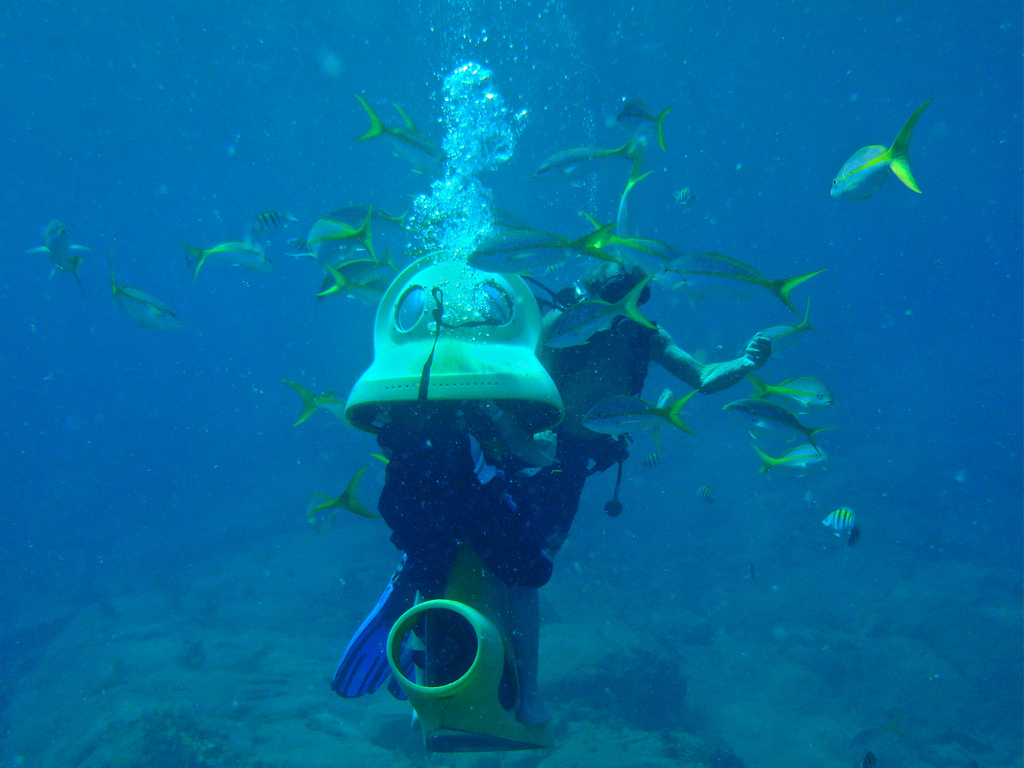The depths of the oceans are filled with animals so bizarre, grotesque and beautiful-looking that they can be mistaken for science fiction or action-movie characters come to life. And we have really no idea what is down there in the water so deep that light is never seen, lurking among the glow-in-the-dark fish and giant squids. Despite nearly every inch of the terrestrial world having been photographed and mapped, frequently from satellites in outer space, only 5 percent of the Earth’s oceans have been explored, according to the National Oceanic and Atmospheric Administration.
But that could be changing, thanks in part to a new development by researchers at the NYU Tandon School of Engineering. Coming out of the lab of Professor Nikhil Gupta is a new process to 3D-print for the first time the syntactic foam of the type used by marine submersibles, as well as on ships and in aerospace designs.
Syntactic foam is not foam as we typically think of it, as a sponge-like, soft material. Syntactic foam is plastic and stiff and strong, but is made up of tiny glass-encased air pockets that make it light and buoyant. Making it so that the glass air pockets are tiny enough that they could make it through the extruder nozzle of a normal 3D printer was a challenge for Gupta and his students.

“It’s a very complicated process,” Gupta explained. “You have to have a lot of control so you don’t break the hollow particles in the filament and preserve the porosity.”
By 3D-printing the syntactic foam, it could allow deep-sea explorers to go deeper and cheaper than they have up to now. That’s because at about 4,000 meters below sea level, the pressure on the submersibles is so great that there’s a danger they break apart at the joints. By 3D printing, rather than attaching parts together on a submersible, the joints could be eliminated, and the weakest link in the chain strengthened.
“This has been a requirement in the field for quite some time,” Gupta explained to Technical.ly by phone. “We could 3D-print the whole submersible.”
Gupta said his team tried dozens and dozens of mixtures of the high density polyethylene plastic mixed with the glass air capsules. All of the attempts came out too heavy, with too many of the capsules crushed in the process of 3D printing. Until one didn’t.
“The mixing process was very carefully controlled,” Gupta said. “We had theoretical models to predict what would be the best controls for mixing, including temperature and mixing speeds.”
The only time the deepest part of the ocean has ever been explored was in 2012 when the movie director James Cameron made the descent to the bottom of the Mariana Trench, some 36,000 feet below the surface of the ocean. It was the deepest man has ever been on the planet. The trip was delayed twice due to mechanical malfunctions and hasn’t been replicated since. Perhaps with a jointless, cheaper submersible, we’ll begin to make these trips more regularly and reliably.







